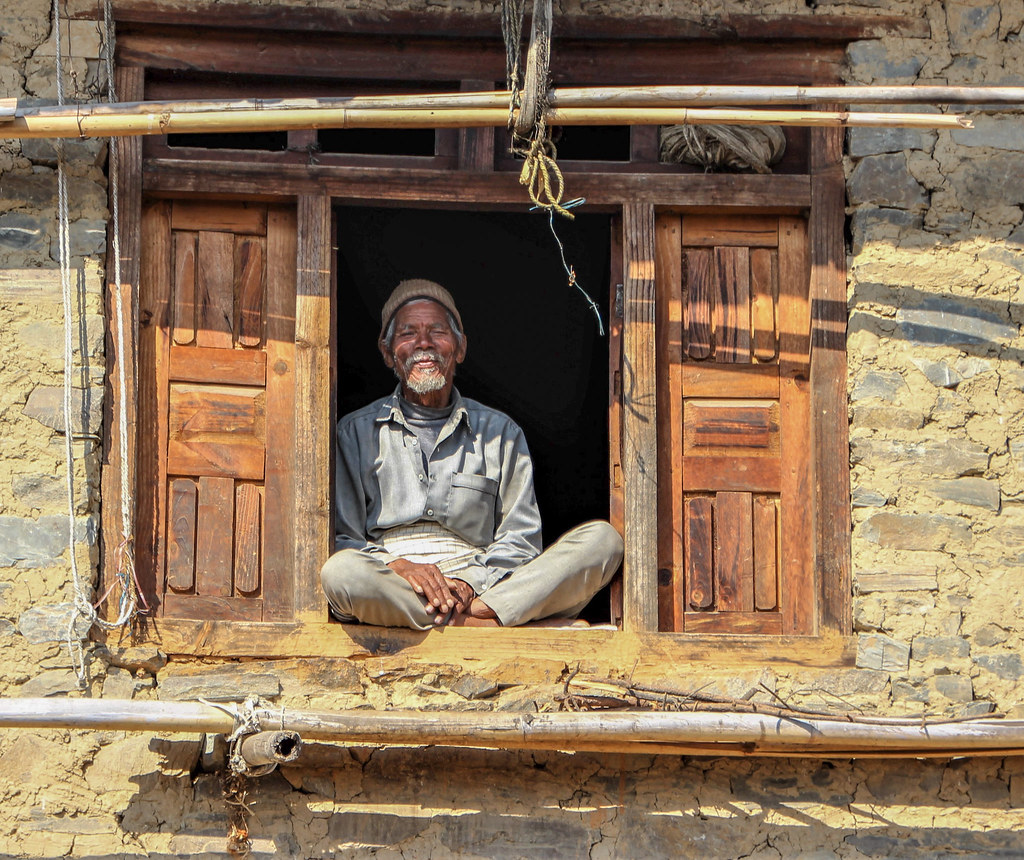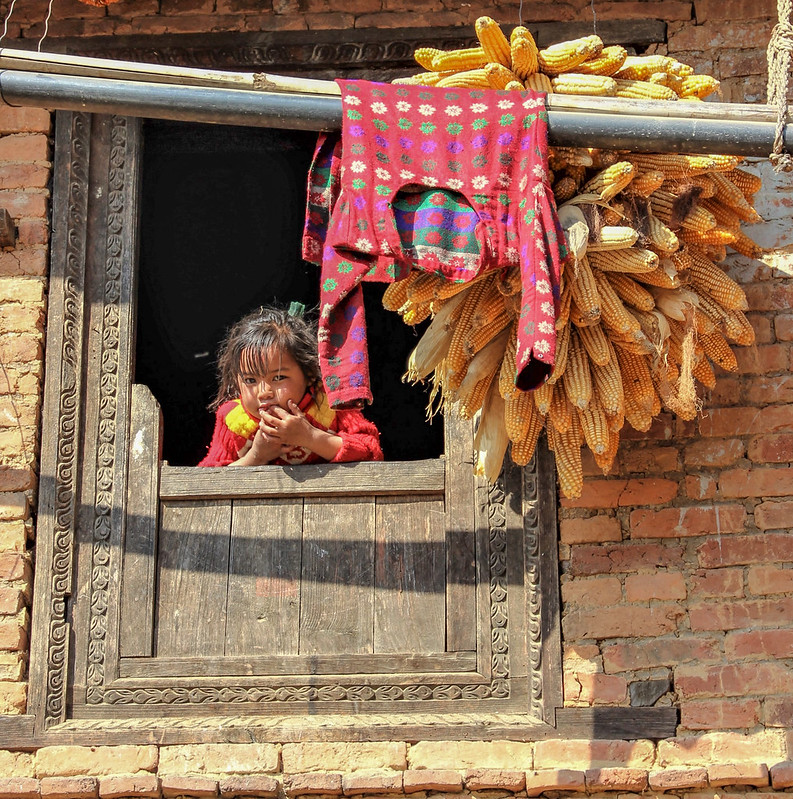As one of Nepal’s Acupuncture Volunteers, I learned firsthand about health issues and care in this impoverished country. Nepal rates as the 12th poorest (economically) in the world as a third world country. Furthermore, with more than 85% of the population being rural, providing proper healthcare for Nepalese people has been difficult. Plus, there is no health insurance, HIPAA or socialized medicine.
Clinics like Acupuncture Relief Project and western medical health posts provide free healthcare in these remote areas. As is often the case in third world countries with minimal healthcare, there are more serious and unique diseases. Also, these diseases are more likely to be undiagnosed and untreated to therefore spread.
Nepal’s Acupuncture Volunteers – Discover COPD as most common non-communicable disease
In Nepal, Chronic Obstructive Pulmonary Disease (COPD) is the most common non-communicable disease. In the rural areas, COPD is mostly caused by the indoor cooking stoves (see right photo) that have no ventilation. China and Nepal did not historically use chimneys. However, China did a conversion plan to create ventilation for their peoples’ cooking stoves.
However, Nepal lacks the resources to fund this. Or better said the corrupt government has channeled the money for their own self-interest. Unfortunately, I met many elderly women patients with COPD. Furthermore, many never smoked a day in their life. However, they spent years using unventilated, indoor stoves.
dZi is an American, non-profit organization helping to convert stoves to being smokeless.
There’s an American, non-profit organization that partners with remote communities in Nepal. Moreover, it helps convert many stoves to being smokeless. For more information or to donate, see dzi.org. Also, the dZi (pronounced “zee”) Foundation is named after the ancient Himalayan etched stone beads that provide health and protection upon the wearer.
Early detection is so important in health care for many reasons. For example, it helps prevent long-term suffering and unnecessary health costs. Typhoid Fever is endemic in Nepal and spreads by the bacteria, salmonella through mostly food and water. Most importantly, its incidence is at its peak during the monsoon season in summer. Untreated, this disease causes high fevers sustained at 103-4 degrees. Also, other complications include GI bleeding and perforated intestines. Thus, early treatment with antibiotics can prevent long-term complications and febrile-related diseases.
Nepali patients have diseases rarely diagnosed in the western world, such as, Typhoid Fever, Rheumatic Fever & TB.
2 of my patients formerly had Typhoid Fever and were left with long-term effects. For example, one had a febrile-induced stroke and another chronic joint inflammation and burning skin and dryness. Furthermore, I mentioned in my previous blogpost the young patient with Rheumatic Fever from untreated strep throat, leaving her with a heart and connective tissue disease. I didn’t treat any patient with symptomatic TB, however, one patient underwent the grueling 6-month antibiotic treatment for TB. Thankfully, Healthposts seem to be on the rise in rural areas of Nepal to help find early detection of these serious diseases.
The most common complaints from my patients were orthopedic issues. As explained in my blogpost, “Walkabouts in Nepal’s Agricultural Nirvana,” this is understandable, considering how hard these subsistence farmers work into their old age. Even though the Nepalese population has less of an overall weight problem then the developed world, they still have a significant number of patients with diabetes and hypertension.
As one of Nepal’s Acupuncture Volunteers, I observed much misuse of antibiotics and NSAID’s.
Also, a big problem in Nepal, like many third world countries, is the misuse of antibiotics and NSAID’s. When experiencing any type of pain or infections, many go to the pharmacy and cheaply buy antibiotics or NSAID’s over the counter without a physician’s prescription. Therefore, their digestive flora, biomes, immune system and stomach lining become compromised.
As a more holistic alternative, ARP clinic offers Chinese herbal formulas. These are amazing for many of these gastrointestinal issues or arthritis. Especially if the patient’s complaints are from a virus or indigestion, the herbal medicine is a much more effective option. Overall, I found the Nepalese patients to be very compliant in taking these herbs.
Overall, I observed less cancer and obesity in Nepal.
There can be many reasons for these diseases not being diagnosed, with one being due to minimal healthcare. However, I believe that their laborious farming lifestyles outside with fresh air and sun (vitamin D) have a lot to do with their strong bones and leaner body mass. As for less reports of cancer, I believe a lot has to do with their simple diets without preservatives or pesticides, like Monsanto’s Round-up. Furthermore, there’s an organization, STOP Monsanto in Nepal (on Facebook), that is a powerful voice for Nepalese farming sustainability. I walked by this little girl (photo below) in our village, as an adorable poster child for this movement.
Read more about Acupuncture Relief Project in Nepal!
American Acupuncturist Meets Nepali Patients, Part 1: Medical Interpreters & Hindu Customs
Volunteer Opportunities for Healthcare Practitioners with Acupuncture Relief Project in Nepal
American Acupuncturist Meets Nepali Patients, Part 2: Being Primary Care Practitioners




